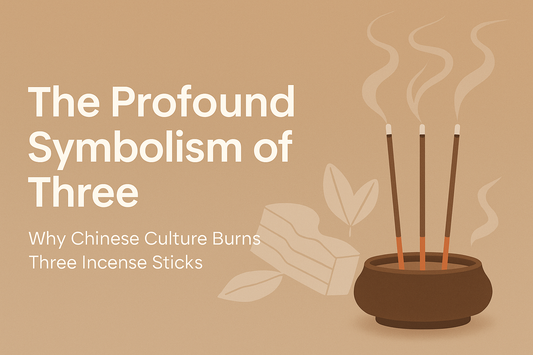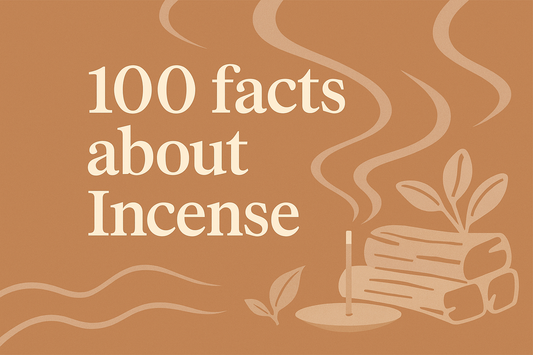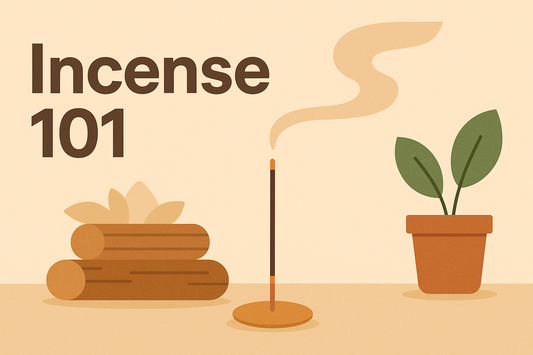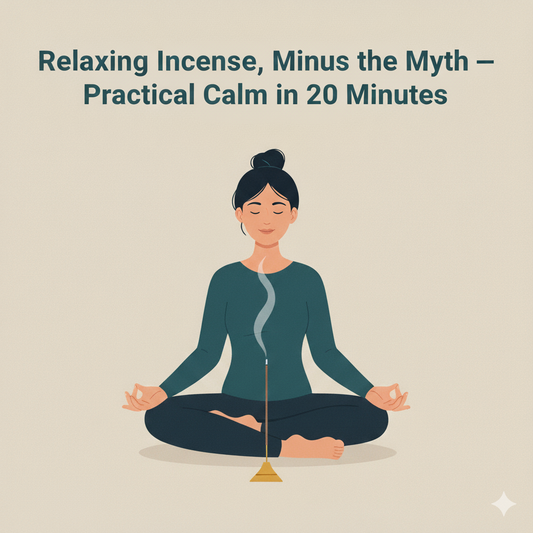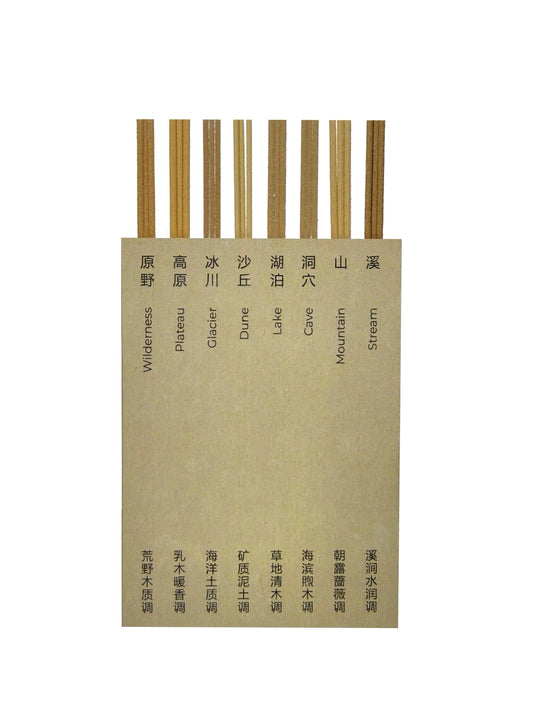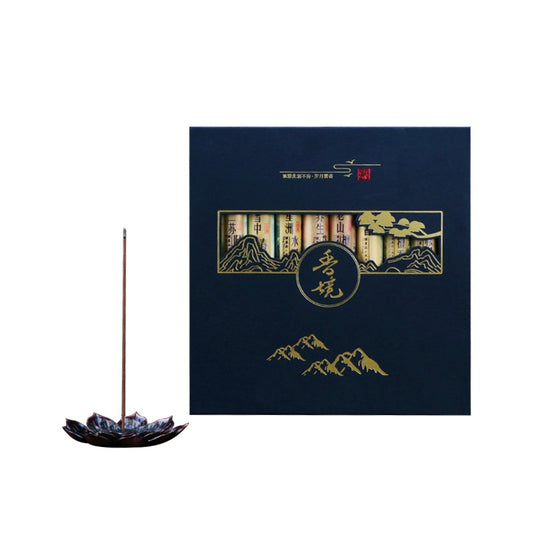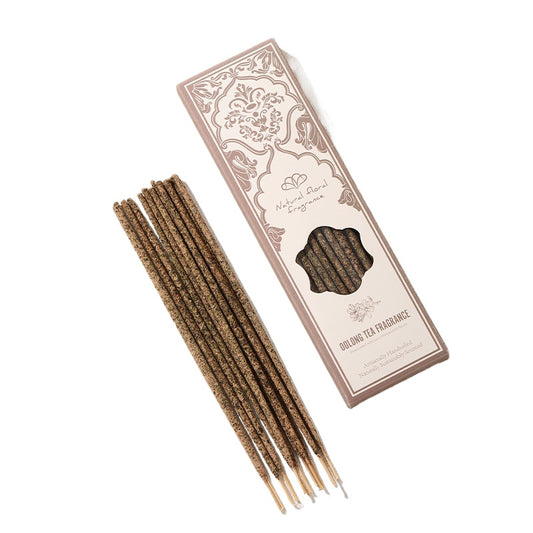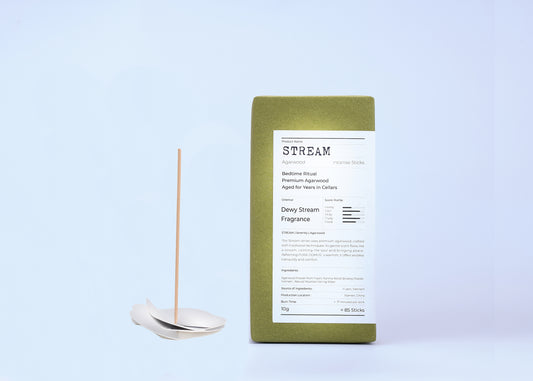
Chinese Incense Guide: Witty Take on History, Types, Safety & Buying Natural Sticks, Coils, Cones
What Is Chinese Incense? (Chinese Incense)
Technically, it’s aromatic plant material—woods, resins, and herbs—formed into sticks, coils, cones, pellets, or powders. Spiritually, it’s a tiny ritual that tells your brain, “We’re doing one thing now.” Think of the smoke as a progress bar for your focus.
A Speed-Run Through History (Chinese Incense)
Picture a montage: trade routes, temple courtyards, scholar studios, tea tables. Over centuries, Chinese Incense moved from sacrificial smoke to lifestyle essential—part meditation tool, part interior upgrade.
- Han & Tang: Aromatics travel, court culture adopts refined blends.
- Song: Golden age—tools, recipes, and powder “seal” art flourish.
- Ming–Qing: Home rituals and serious incense ware collections.
- Now: Mindfulness era: quality natural blends over perfume bombs.

Incense Types, Explained (Chinese Incense)
Stick Incense — The Reliable All-Rounder (Chinese Incense)
Minimal look, steady burn, great for work sprints and meditation. Graceful ash arc = likely a clean, natural base.
Bamboo-Core Sticks — The Festival Extrovert (Chinese Incense)
Powder rolled on bamboo. More smoke and presence; best outdoors or in large spaces. Indoors, your smoke alarm deserves a heads-up (open a window).
Coils — The Long-Haul Pilot (Chinese Incense)
Spiral shape for marathon burns. Hang or lay on a stand for a clean burn path and pavilion vibes.
Cones — The Drama Kid (Chinese Incense)
Short burn, high impact—especially with waterfall burners. Use a fireproof tray and skip the neon-scented impostors.
Seal Powder — The Artsy Engineer (Chinese Incense)
Press powdered incense through stencils to “draw” a burn path. It’s aroma meets calligraphy; perfect for slow afternoons and lo-fi beats.
Pellets — The Cozy Introvert (Chinese Incense)
Heated (not burned) on mica or electric heaters for subtle, intimate scent—ideal for reading nooks and late-night journaling.
| Type | Typical Burn | Best For |
|---|---|---|
| Stick | 30–60 min | Focus, meditation, daily ritual |
| Bamboo-core | 20–40 min | Outdoor prayer, festivals |
| Coil | 1–4 hrs | Long sessions, open rooms |
| Cone | 10–30 min | Quick reset, visual effect |
| Seal | 1–2 hrs | Mindful crafting, tea time |
| Pellet (heated) | 2–6 hrs | Subtle ambience, reading nooks |
Rituals & How-To (Chinese Incense)
- Vent first: open a window. Airflow is the secret sauce.
- Light the tip: let it glow, gently blow out the flame. Birthday-wish energy, but for focus.
- Place securely: use a holder with a catch tray. Ash is graceful; carpets are not.
- Set intention: one task, one mood. The smoke is your progress bar.
- Let it finish: don’t relight stubs twelve times—summons chaos gremlins.
Safety & Ventilation (Chinese Incense)
- Keep away from curtains, books, and cardboard towers.
- Cross-breeze beats air fresheners every time.
- If you feel dizzy: stop, get fresh air, hydrate, reassess quality/quantity.
- Pets/kids: high shelves, sturdy burners, adult supervision.
- Use fireproof trays; embers are tiny charismatic dragons.
Buying Guide & Storage (Chinese Incense)
Ingredient Clues (Chinese Incense)
- Green flags: short plant-based lists (woods, resins, herbs), gentle smoke, cool gray ash.
- Red flags: neon colors, glitter, “parfum/fragrance” mystery soup.
Match Use to Form (Chinese Incense)
- Deep focus: sticks or coils.
- Quick reset: cones.
- Tea & journaling: pellets or seal powder.
- Outdoor prayer: bamboo-core sticks.
Storage Basics (Chinese Incense)
- Airtight tins or zipper pouches; cool, dry, dark drawer.
- Separate strong woods from delicate florals.
- Use sticks within ~24 months; resins/pellets age gracefully.
FAQ (Chinese Incense)
What exactly is Chinese Incense? (Chinese Incense)
Aromatic plant materials formed into sticks, cones, coils, pellets, or powders for ritual, focus, and ambiance.
Why do people burn three sticks? (Chinese Incense)
It symbolizes harmony among Heaven, Earth, and Humanity. One stick is fine for daily practice; three suits ceremony.
Can Chinese Incense make me dizzy? (Chinese Incense)
Yes—usually poor airflow or perfume-heavy blends. Ventilate, burn less, and choose natural products.
How do I tell if incense is natural? (Chinese Incense)
Short, plant-based ingredients; gentle smoke; cool gray ash; subtle, evolving scent. Avoid neon colors and “mystery fragrance.”
Which type should a beginner buy? (Chinese Incense)
A box of sandalwood sticks and a simple holder. Add a coil for long sessions and pellets for heated, subtle aroma.
How should I store Chinese Incense? (Chinese Incense)
Airtight, cool, dry, dark. Separate strong scents. Sticks are happiest within about two years.
Final vibe: Chinese Incense isn’t just “making it smell nice.” It’s the smallest daily ritual that quietly upgrades your focus, your space, and your mood. Light one. Breathe. Do one thing well.
Discover More in Monian
Explore our handcrafted incense holders and natural incense collections designed to bring peace and elegance to your space.
Discover Now

